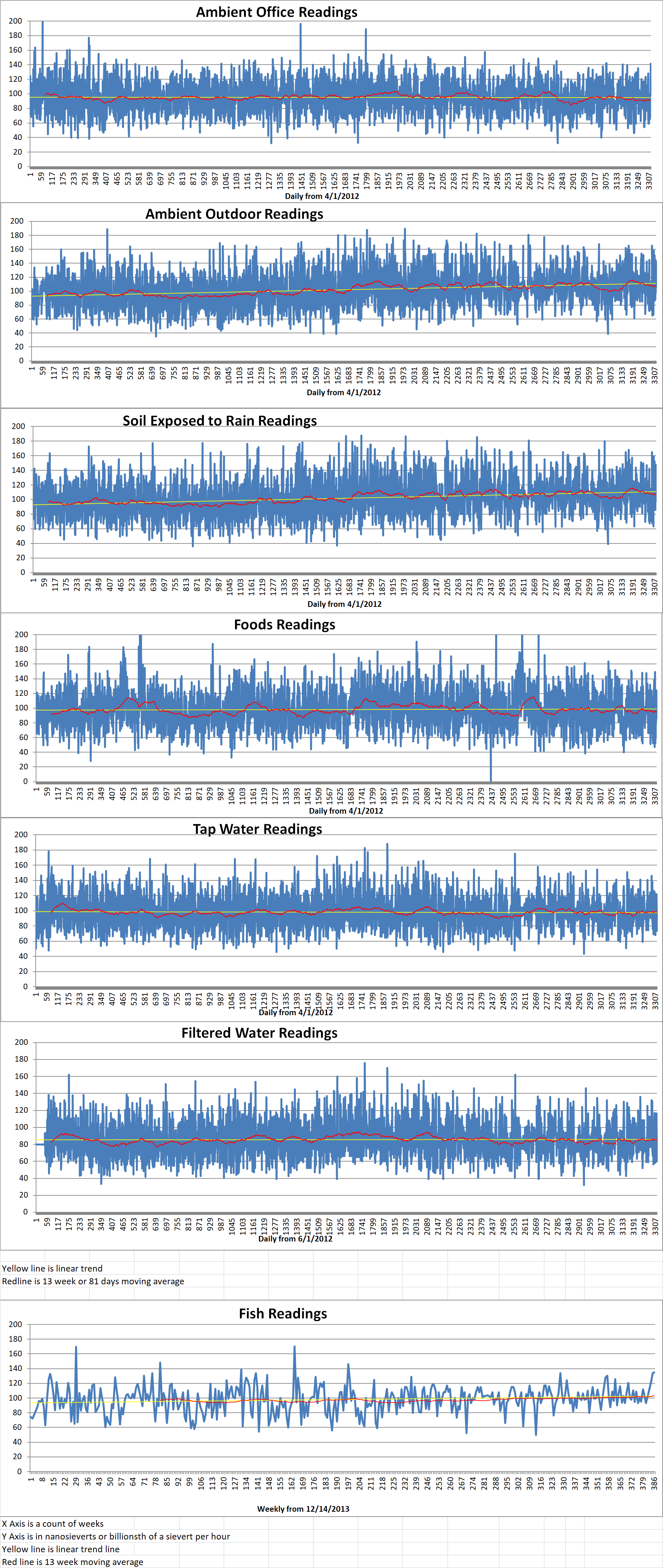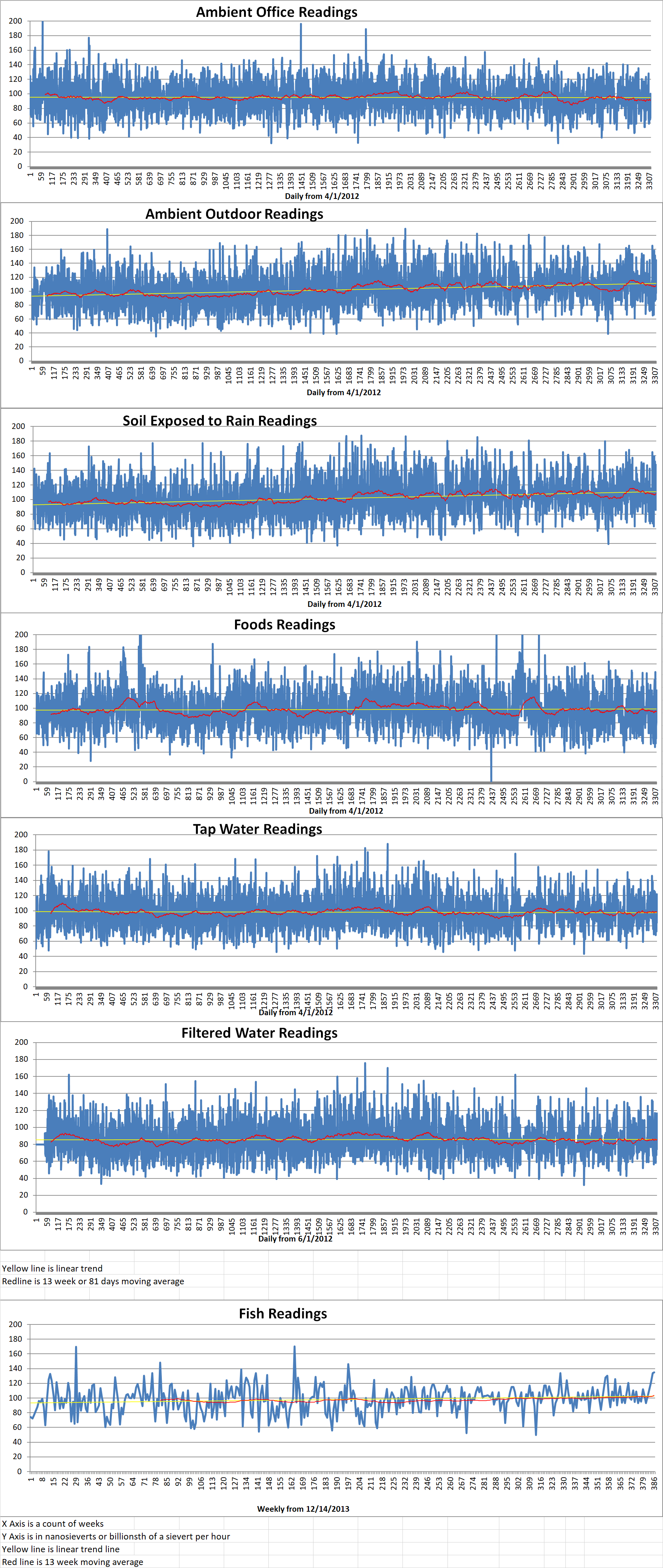Part 1 of 2 Parts
Michael Short grew up in Boston’s North Shore and attended weekend programs that were taught by MIT graduate students while he was still in high college. Early in his academic career, he was told that one of the keys to nuclear power generation was to find materials, especially metals, that could withstand the corrosive effects of radiation and destructive chemicals found in nuclear reactors. This statement motivated him to work towards two BS degrees.
He entered MIT in the fall of 2001. He spent four years as an undergraduate including research he carried out at the Uhlig Corrosion Laboratory. After graduating in 2005 with two BSs, one in Nuclear Science and Engineering (NSE) and a second in materials science and engineering he worked half time at the Uhlig lab under the supervision of Ronald Ballinger, a professor in both NSE and the Department of Materials Science and Engineering. He began graduate studies with Ballinger as his advisor, earning a master’s and a PhD in nuclear science and engineering in 2010. Short joined the faculty at the MIT Department of Nuclear Science and Engineering in 2013. Last year, he was promoted to the status of tenured associate professor.
Corrosion in nuclear reactors is a very rich subject. Short said, “The traditional view is to expose metals to various things and see what happens — ‘cook and look,’ as it’s called. A lot of folks view it that way, but it’s actually much more complex. In fact, some members of our own faculty don’t want to touch corrosion because it’s too complicated, too dirty. But that’s what I like about it.”
In 2020, Short, his student Weiyue Zhou, and other colleagues published news of a surprising discover in the journal Nature Communications. In the report, Short says, “Most people think radiation is bad and makes everything worse, but that’s not always the case.” His team found that under a specific set of conditions a nickel-chromium alloy performs better when it is irradiated while experiencing corrosion in a molten salt mixture. He said that their finding is relevant “because these are the conditions under which people are hoping to run the next generation of nuclear reactors.” Leading candidates for next generation alternative to today’s popular water-cooled reactors are molten salt and liquid metals such as sodium and lead. Short and his team are working on experiments involving the irradiation of metal alloys immersed in liquid lead.
Concurrently, Short has been pursuing another multiyear project aimed at devising a new standard to serve as “a measurable unit of radiation damage.” Short and his team are about to publish their first big paper on this topic. Short has discovered that it is not possible to reduce radiation damage to a single number which people have tried to do in the past. Their new standard relates the density of defects (the number of radiation-induced defects or unintentional changes to the lattice structure) per unit volume for a given material.
Please read Part 2 next






